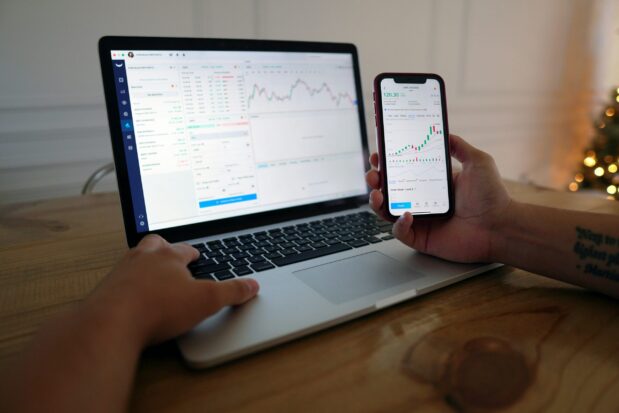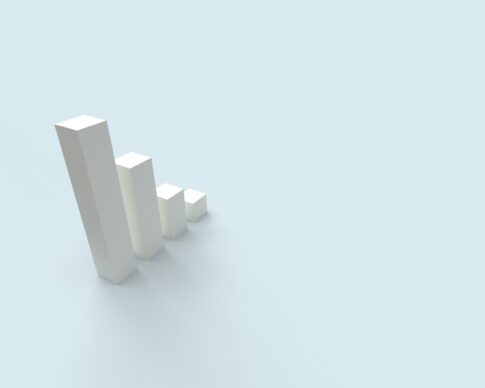Today, I will explain the following site. (AI-generated)
ドル、年初来の上げ失う寸前-米利下げは予想以上の急ペースとの見方(Bloomberg) – Yahoo!ニュース
Contents
Understanding the USD/JPY Exchange Rate Dynamics
The USD/JPY currency pair, representing the exchange rate between the US dollar and the Japanese yen, is a significant indicator of economic health for both countries. The recent weakening of the dollar is attributed to the market’s anticipation of more aggressive rate cuts by the Federal Open Market Committee (FOMC). A rate cut generally means that the central bank, in this case, the Federal Reserve, is reducing the cost of borrowing, which can lead to a weaker currency as investors seek higher returns elsewhere.
What’s Behind the Recent Dollar Weakness?
The dollar’s near reversal of its year-to-date gains can be linked to the FOMC’s unexpected pace of interest rate reductions, aimed at supporting the economy. The Bloomberg Dollar Spot Index, which tracks the dollar’s performance against a basket of currencies, has approached its lowest level since December of the previous year. Against the euro, the dollar has neared a one-year low, while against the British pound, it has reached a two-and-a-half-year low.
How the FOMC’s Rate Cuts Influence the Forex Market
The FOMC’s decision to implement a significant half-point rate cut has exerted downward pressure on the dollar. The ongoing debate about the scale of future rate cuts has led traders to consider a 50% probability of another half-point reduction in the upcoming November meeting. These decisions are closely monitored by forex traders as they can greatly affect currency valuations.
Analyst Insights: Predicting the Dollar’s Next Moves
Senior currency strategist Lee Hardman from MUFG has noted that the dollar has been notably declining since late July. Market sentiment has shifted towards expectations of more aggressive FOMC rate cuts. While a further decline in the dollar’s value is anticipated, Hardman suggests it may be more moderate than recent movements.
Strategies for Forex Traders in Volatile Markets
Volatility in the forex market, such as that caused by fluctuating interest rates, requires traders to be adaptable and well-informed. Understanding the underlying factors that drive currency pair movements is crucial for developing effective trading strategies.
Adapting to Sudden Shifts in Interest Rates
Forex traders must be prepared to adjust their strategies quickly in response to unexpected changes in interest rates. This can involve re-evaluating currency positions, setting stop-loss orders to manage risk, and staying updated with economic news and central bank announcements.
Assessing the Impact of Economic Indicators on Currency Pairs
Economic indicators, such as GDP growth, unemployment rates, and inflation, play a significant role in currency valuation. Traders should assess these indicators to predict potential movements in the USD/JPY pair and make informed trading decisions.
Future Outlook for the USD/JPY Pair
The future direction of the USD/JPY pair will largely depend on the FOMC’s monetary policy decisions and other economic factors. Traders should keep an eye on these developments to gauge the pair’s trajectory.
What Traders Can Expect from Future FOMC Decisions
Future FOMC decisions regarding interest rates are likely to continue influencing the USD/JPY exchange rate. Traders should monitor these decisions to anticipate market reactions and adjust their trading strategies accordingly.
Long-term forex trading strategies may include diversification, fundamental analysis of economic indicators, and understanding the impact of geopolitical events. These approaches can help traders navigate through different market cycles and conditions.
Understanding Key Terms: A Glossary for Forex Beginners
For those new to forex trading, it’s important to understand key terms such as ‘pip,’ ‘spread,’ ‘leverage,’ and ‘margin.’ A pip is the smallest price move that a given exchange rate can make, while the spread is the difference between the bid and ask price of a currency pair. Leverage allows traders to control a large position with a small amount of capital, and margin is the required amount of funds to maintain an open position.











